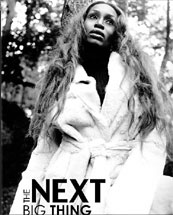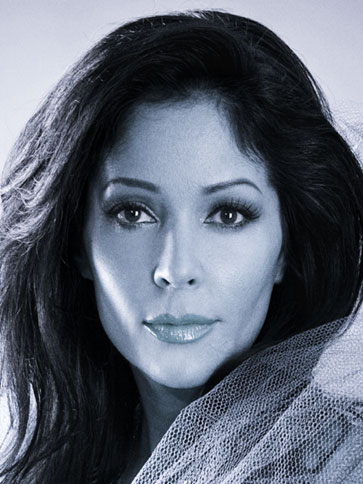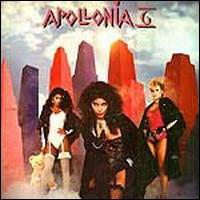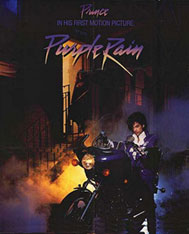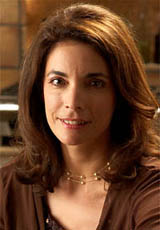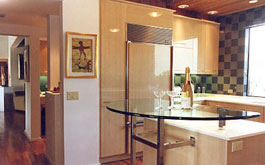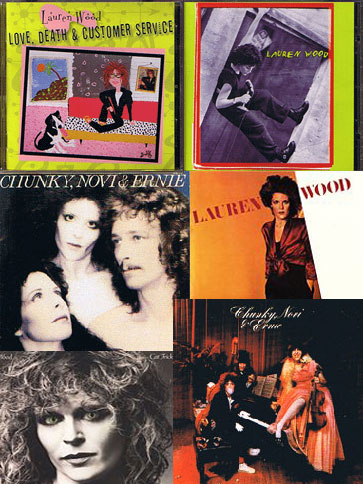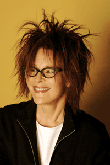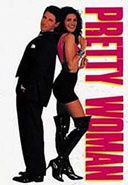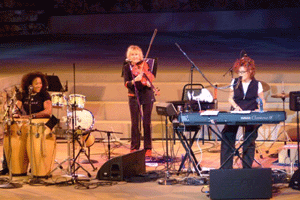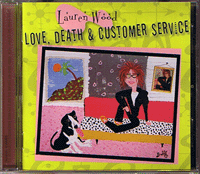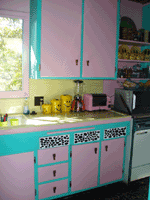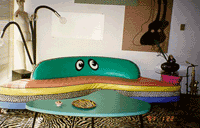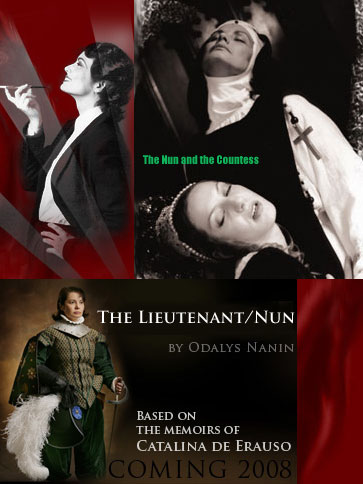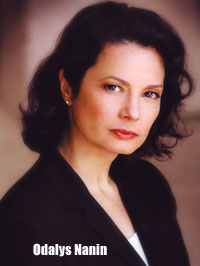Justin Chon—Climbing the Hollywood Ladder One Role at a Time
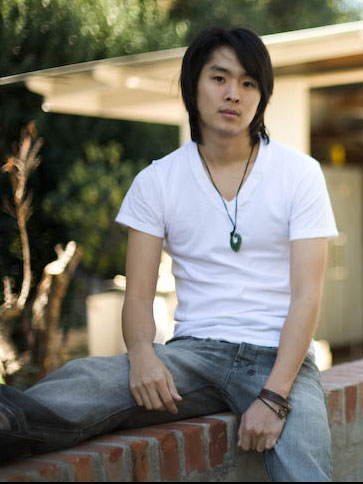 Justin Chon has been acting for six years and has already appeared in countless television shows. He got his first part in television after acting for only two years. He played Tony in the Nickelodeon series “Just Jordan” for two years and appeared in 14 episodes. He also appeared in several other television shows including “The O.C.,” “Wendy Wu: Homecoming Warrior,” and the horror film Hack. Justin Chon opens August 22, in a starring role with Harrison Ford, Sean Penn, Ray Liotta, and Ashley Judd in the Weinstein Company/MGM film, Crossing Over. The film, reminiscent of Crash or Babble, has six intersecting story lines, one of which Justin carries. Chon can also be seen in the upcoming films Balls Out: The Gary Houseman Story with Sean William Scott and Twilight with Kristen Stewart, based on Stephanie Meyer’s book Twilight, coming out this year.
Justin Chon has been acting for six years and has already appeared in countless television shows. He got his first part in television after acting for only two years. He played Tony in the Nickelodeon series “Just Jordan” for two years and appeared in 14 episodes. He also appeared in several other television shows including “The O.C.,” “Wendy Wu: Homecoming Warrior,” and the horror film Hack. Justin Chon opens August 22, in a starring role with Harrison Ford, Sean Penn, Ray Liotta, and Ashley Judd in the Weinstein Company/MGM film, Crossing Over. The film, reminiscent of Crash or Babble, has six intersecting story lines, one of which Justin carries. Chon can also be seen in the upcoming films Balls Out: The Gary Houseman Story with Sean William Scott and Twilight with Kristen Stewart, based on Stephanie Meyer’s book Twilight, coming out this year.
How did you get started acting?
My dad was an actor in South Korea. When I was young, I used to watch his black and white films. I’ve always been interested in acting and entertainment and stuff, but it wasn’t until I had to decide what I was going to do as a profession that I decided to try out acting. I took a few acting classes and decided that it’s something I really enjoyed, so I started to pursue it.
Do you think that the fact that your father was a well-known actor helped you?
Yeah, and what’s really helped is how my parents raised me. It was an extremely artistic household. My mom was a pianist. So she had me playing a bunch of different instruments since I was really young. I played the piano, violin, and the guitar. I was in the high school marching band. We’d watch movies my dad would enjoy and we’d talk about them. And my mom put me in art classes. So we were always [immersed] in the arts. I think that’s really helped me in terms of my acting career. But I didn’t take any acting classes until I got older.
You’re in quite a few movies coming out.
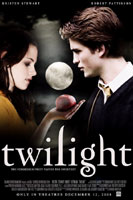 Yeah, I’m in this movie called Twilight, based on the Stephanie Meyer book called Twilight. I play a character called Eric Yorkie, and he’s just this sort of a geeky chess type guy and sort of really over-eager, overachiever. Another movie coming out is with Sean William Scott, and that’s called Balls Out: The Gary Houseman Story, and it’s more of a comedy. I play this guy named Joe Chang, and I’m on the tennis team. They call me the scrapper from the Far East. And I have a movie coming out in August called Crossing Over, starring Sean Penn, Harrison Ford, Ray Liotta, and Ashley Judd, that deals with immigration. There are a lot of different scenarios played out in the movie. There are green card issues, deportation, naturalization. It’s going to be interesting.
Yeah, I’m in this movie called Twilight, based on the Stephanie Meyer book called Twilight. I play a character called Eric Yorkie, and he’s just this sort of a geeky chess type guy and sort of really over-eager, overachiever. Another movie coming out is with Sean William Scott, and that’s called Balls Out: The Gary Houseman Story, and it’s more of a comedy. I play this guy named Joe Chang, and I’m on the tennis team. They call me the scrapper from the Far East. And I have a movie coming out in August called Crossing Over, starring Sean Penn, Harrison Ford, Ray Liotta, and Ashley Judd, that deals with immigration. There are a lot of different scenarios played out in the movie. There are green card issues, deportation, naturalization. It’s going to be interesting.
Would you say you’ve ever had any challenging roles?
Crossing Over is the most challenging it’s gotten. I have an accent, and I play a character that’s sort of like me, but not really. I’m dealing with material that’s somewhat familiar, but not. It’s a huge mixture of things that made it kind of difficult.
How long did it take you to shoot the movie?
My shooting schedule was about 2-3 weeks. There are a bunch of different story lines.
A lot of people try their hand at acting. They really pursue it really hard, but never quite make it. But you have in what seems like a short period of time. Would you like to share some of the things that you did to help you get past some of the barriers that other people can’t seem to get past?
The thing that I’ve done that has helped my career as well as helped me to excel has been to work really hard. It is just a lot of hard work. Especially being ethnic and a minority, I feel that I just have to try harder than everybody else to compete, also, continue to train. I don’t stop training. I’m always working on material whether I’m shooting or not. You have to have real tenacity and not care what people think. I think people worry [too much] about what people think. And you shouldn’t because it’s your career and it’s your life. And you should take control of your own situation. A lot of people play the blame game. But I try not to think about outside factors and just concentrate on what I’m doing to make it the best I can. And I feel like that’s gotten me to be better than a lot of other people.
Has your father helped you any, like with your style?
He doesn’t really tell me anything like techniques. He just tells me just to make it real, make it natural. Don’t act. Make it like it’s really happening. And that’s a pretty general note, but it’s a hard thing to do. He’s always saying, you got to make it real, just don’t fake anything.
So your family’s been very supportive.
At first they were a little skeptical because until a few years ago you didn’t see that many Asians on film except martial arts people. They were skeptical that it would be hard to make a living doing it. But once I started booking jobs, they started having a little bit more faith for the whole career aspect of it.
So being a young, good-looking, well-known actor, do you have any problem with young ladies throwing themselves at you?
Not really. I don’t think I’m that smooth. If there’s a really cute girl, or hot girl, I get really shy.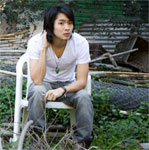 I really clam up. I don’t know in that department if it’s really helped me.
I really clam up. I don’t know in that department if it’s really helped me.
So what would a young lady have to do to win your heart?
I think just be upfront, truthful, and real. Down to earth and up for anything. Like let’s go hiking at midnight and drive up to San Bernardino.
So you like somebody who’s adventurous.
Recently I just went to Alaska with no plans. It would be nice to find someone who is adventurous as I am.
Highest High:
The specific breakthroughs I got in terms of acting. When I first started, it was really hard for me to express emotions and to just be really open about things. I always had this dumb smile on my face all the time. The highest high was when I was able to let that go. I was in an acting class and they gave us an exercise and I was able to just let it go. Everything just started coming out. Not forcefully, just naturally. I felt like I was doing what I was supposed to be doing.
Lowest Low:
There have been a lot of lows. Certain parts I had to do. There were a few parts that I wasn’t into that I had to do. There’s a lot of compromising your artistic values for your career. Sometimes you just have to do that. And there’s no shame in it. If no one knows who you are, you’re not going to get hired for bigger things.
Now that you’ve been around for a while, do you feel like you’re compromising a lot less?
No. I don’t think it ever ends. I think there are always bigger and better things out there. There are always people telling you to do something opposite what your heart tells you to do. I don’t think that goes away. But you compromise, unless you want to starve.
Because of the whole Indie filmmaking thing now, a lot of actors create their own scripts and even go out and make their own movies. Do you have any aspirations to do that?
I definitely do. I bought a really nice HD camera, a Panasonic HVX. I got this adapter for 35 mm lenses, got rails and everything. And I’m learning Final Cut Pro. If I have to do things,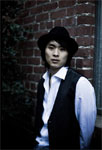 just to do them, at the end of the day I can do something for myself. I’ll get my friends and do something that’s artistic.
just to do them, at the end of the day I can do something for myself. I’ll get my friends and do something that’s artistic.
What kinds of roles would be the perfect role for you as an actor?
I really just like simple, kitchen-sink drama. I like movies that have strong relationships. It doesn’t have to be complicated crime thrillers. I like basic stuff that touches on the human condition—why we are the way we are. When it’s for me, I love to explore those kinds of things because it really gets somewhat introspective. You’ve got to look at yourself, too, and why you do things and try to make logic out of your life.
Let’s take, for example, someone like Bai Ling. She’s huge in China. Do you feel like you have a bigger following in South Korea than you have here?
I think right now I have no following in South Korea. I think that because most of the movies I’ve done have not come out yet. I’m relatively an unknown. Nobody knows who I am. There are a few things that might go through that might involve me with South Korean actors. If that were to happen, then, yes, I think it could grow. But I’m American. I grew up in Orange County. Whether that happens or not, that’s just fate, I guess. But I’m not pushing for it.
Where do you see yourself in five years?
I don’t know because if you would have asked me that question five years ago, I would not say that I’d be here.
Where would you like to see yourself?
I would like to see myself really doing projects that I enjoy, love, and believe in, working with fellow actors that are amazing and working with directors that have clear-cut visions and I am excited about their work. That’s all I ask for.
What would be your dream film that you could star in?
Nick Cassavetes and some Indie movie with no form or structure, or a David Lynch film where you’re just going for the ride and you can’t plan anything. Because a lot of movies are so predictable, with those two directors you would have no idea [what’s going to happen] when you show up on set. Every day would be like, okay, what are we doing?
Do you have an all-time favorite movie?
Yes, directed by Clint Eastwood, A Perfect World. Kevin Costner starred in it. I watched it in fifth grade, and I think it was the first movie that I got emotional—I cried. It was at summer camp in Big Bear—just the fact that a movie can touch you when you’re young. It just made a huge impact on me. It’s a testament to his directing.
To learn more about Justin and his upcoming films, visit his website at www.Justinchon.com.
Interviewed by Kaylene Peoples
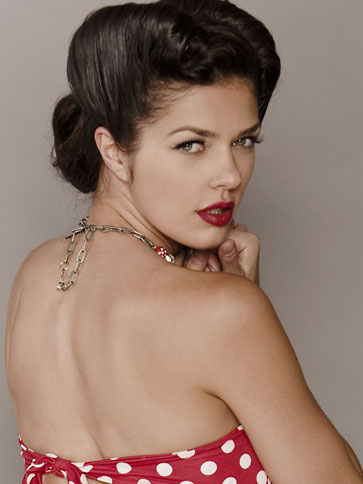
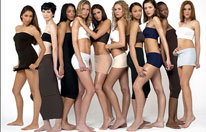
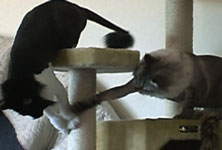


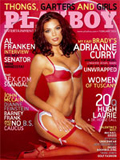
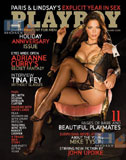
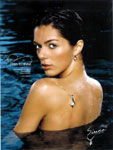
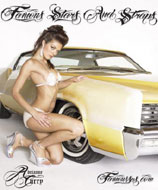
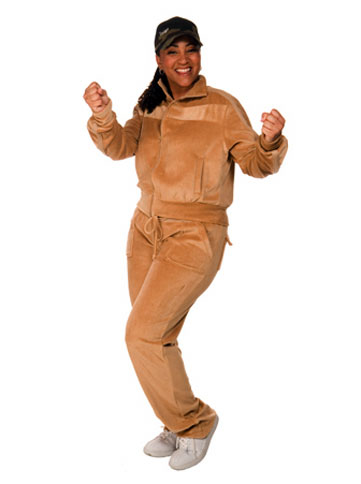
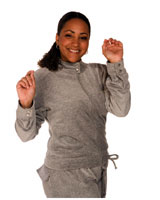
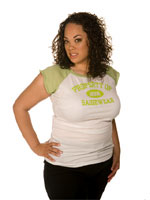

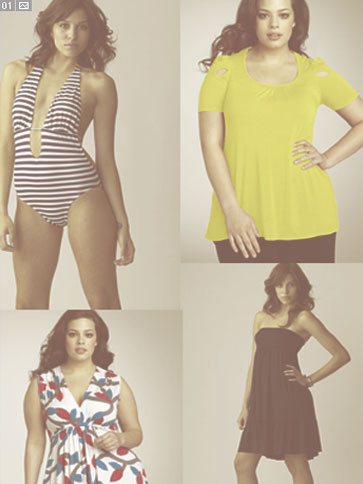

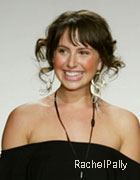


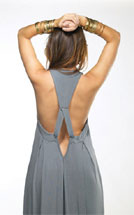
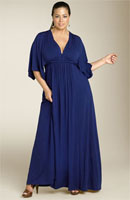
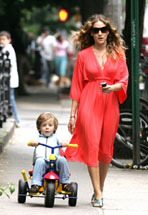
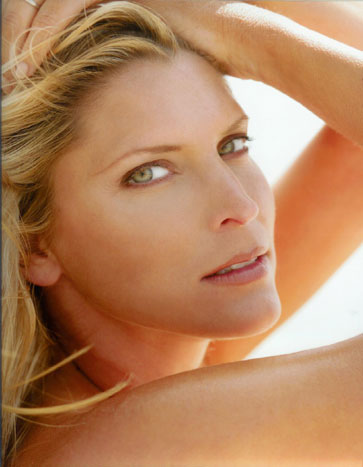
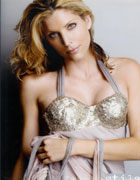
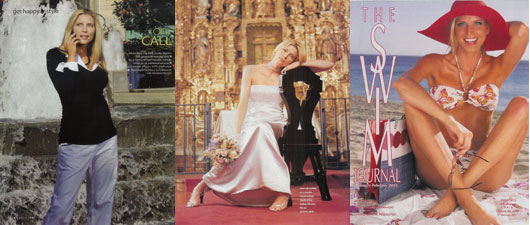
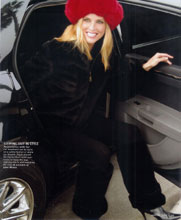
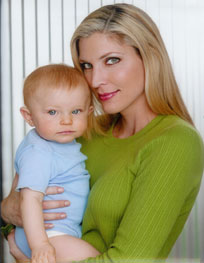
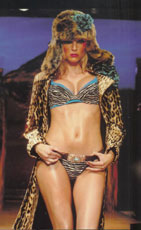
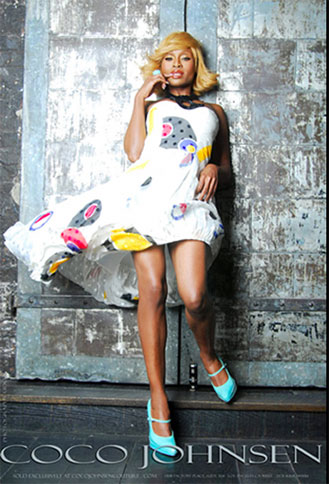
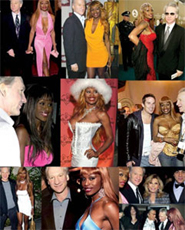
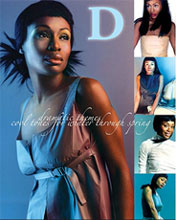

 We started out with our couture collection Coco Johnsen, and then we added the ready to wear line Coco Johnsen Ready toWear. And then we added sandals with Swarovsky crystals. Every day could be a different project. Because of the time restraints with Brazil, it could take up to 6 to 10 weeks to get a garment back to us. So we are looking every day for new ways to make our products better, and to keep our price points as low as we can, but still make a profit.
We started out with our couture collection Coco Johnsen, and then we added the ready to wear line Coco Johnsen Ready toWear. And then we added sandals with Swarovsky crystals. Every day could be a different project. Because of the time restraints with Brazil, it could take up to 6 to 10 weeks to get a garment back to us. So we are looking every day for new ways to make our products better, and to keep our price points as low as we can, but still make a profit.
